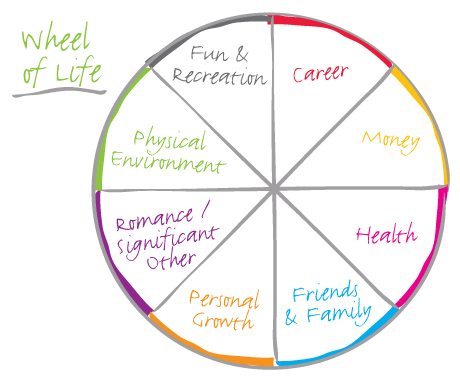By Sheri Iannetta Cupo
AdviceIQ.
The desire to amass wealth should be about more than simply status and security. It should be about enhancing your emotional and spiritual life. Now, amid the quiet of mid-winter, is a good time to pause and think about what abundance really means.
In a New York Times piece, economist and public policy leader Arthur C. Brooks talks about material excesses. In his commentary, “Abundance Without Attachment,” Brooks describes his recent trip to India to consult with a Texas-drawling Hindu religious teacher named Gnanmunidas.
“Is economic prosperity a good or bad thing?” Brooks asked the respected monk.
He was surprised when Gnanmunidas, who is prohibited from even touching money, replied that it was good.
“It has saved millions of people in my country from starvation,” the monk said. “There is nothing wrong with money, dude. The problem in life is attachment to money.”
Brooks offers three pieces of advice on how to rid this attachment. Thinking through these concepts is a helpful exercise to help us find ways to add more abundance to life every day.
“Collect experiences, not things.” As time marches on, experiences are what we remember the most. A lot of psychology research shows experiences bring people more happiness than do possessions.
Each year, my sons ask me what I want for Christmas. In the past, I usually gave them a list of books. This year, I asked them to plan a day in New York City for the four of us. As they mature and spend more time away from home, I treasure the moments we have together.
“Steer clear of excessive usefulness.” It’s not about the reward; it’s about the journey. Brooks cites an experiment, in which the researchers gave students puzzles to solve. Some students were paid, and others were not. It turned out those who were not paid were more likely to enjoy the process.
This is a reminder to slow down and savor each moment of my life. To pause, breathe and focus on just one thing. Meditation is a big help here. This year my goal is 30 minutes daily, rain or shine.
“Get to the center of the wheel.” Brooks suggests us to find out what is truly most important and focus on it. To complement this thought, I recommend a tool called “wheel of life.” On a piece of paper, draw a wheel with nine equal spokes. They represent nine regions of life: family, health, leisure, learning, inner growth, home, community, work and finances. Rate your level of satisfaction with each region by putting dots on each spoke. When you connect the dots, you’ll see if your wheel of life rolls.
I use this tool with my clients, and I revisit this exercise every year. In 2015, I need to be more physically active. My 80-year-old father and 78-year-old mother who go to the gym regularly are my inspiration.
What are a few changes you might make to go beyond attachment and create more abundance?
___
ABOUT THE WRITER
Sheri Iannetta Cupo is a principal of SageBroadview Financial Planning with offices in Morristown, N.J., and Farmington, Conn.
She writes for AdviceIQ, which delivers quality personal finance articles by both financial advisors and AdviceIQ editors.














































































































































































































































































































































































